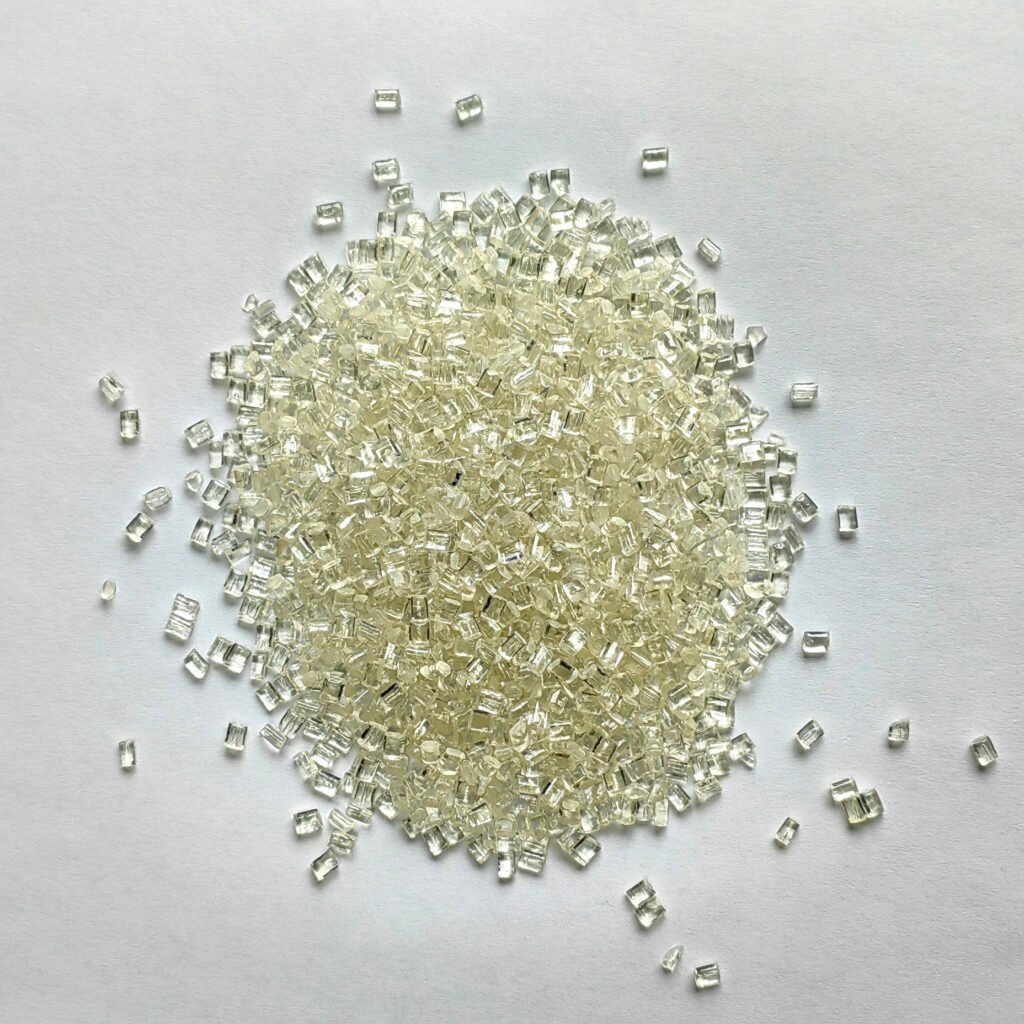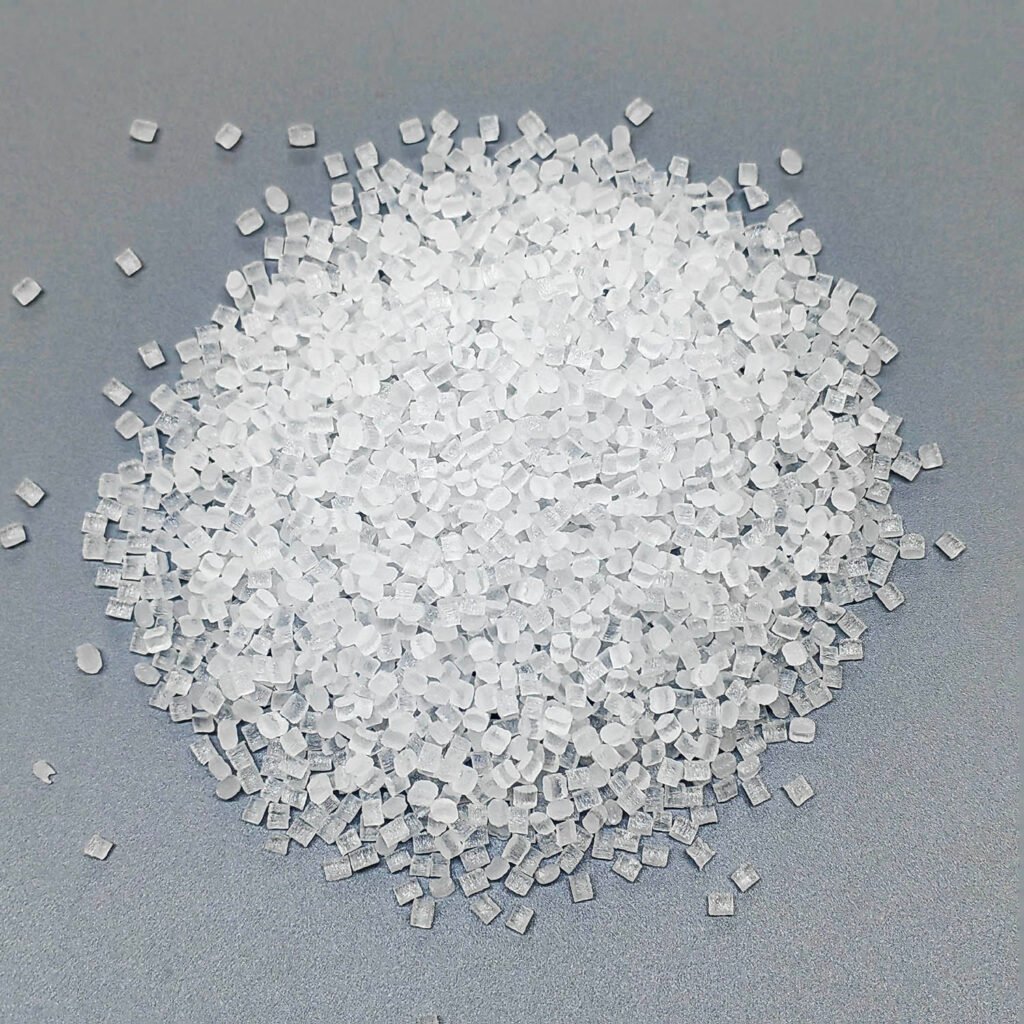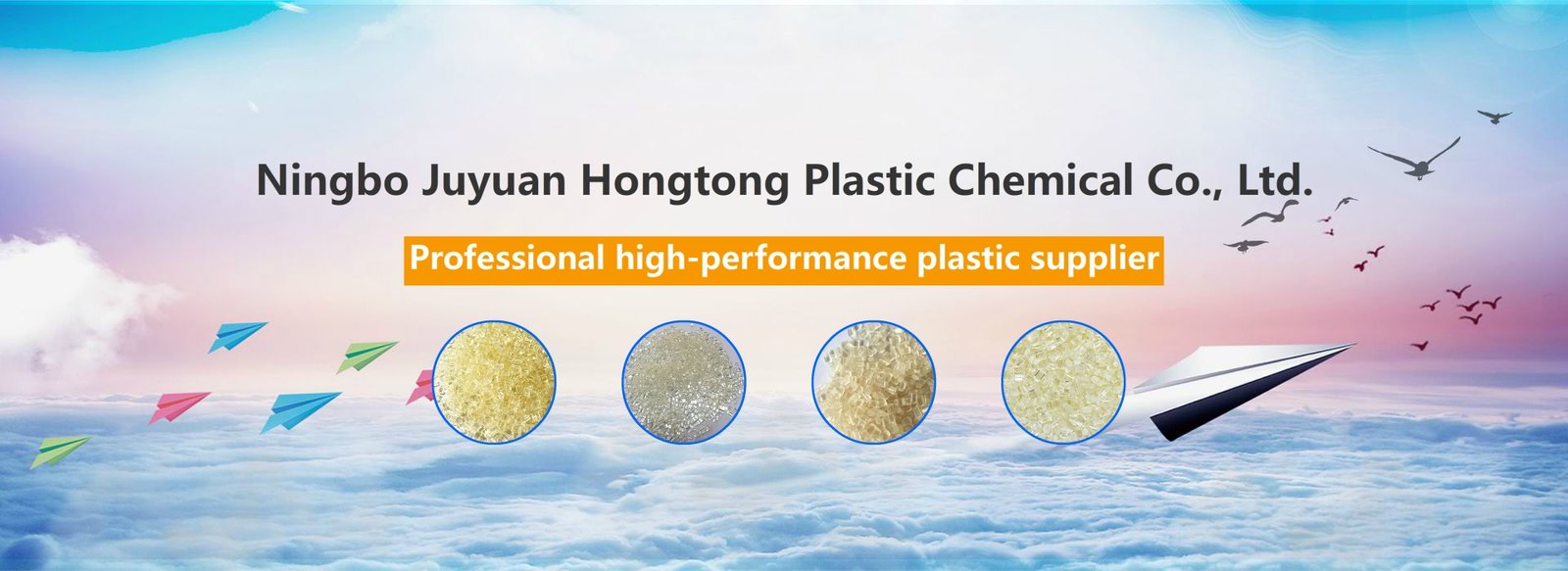Introduction:
In the field of engineering plastics, polysulfone (PSU) and polyethersulfone (PESU) are often regarded as "close relatives". They belong to the same sulfone polymer, but each has its own advantages in chemical structure, performance, application field, etc. If you are often entangled in the choice of materials, the comparison of polysulfone vs polyethersulfone will be a key reference for your decision-making. This article will take you to deeply analyze the essential differences and market positioning of this pair of "brothers".


1. Chemical structure difference: the subtle influence of an extra "ether bond"
From the perspective of chemical structure:
・The main chain of PSU (polysulfone) is composed of sulfone group (–SO₂–) and aromatic ring, and the chain segment is relatively rigid;
・PESU (polyethersulfone) adds ether bond (–O–) to the main chain, and the structure is more flexible.
This small change brings significant differences. In the discussion of polysulfone vs polyethersulfone, this is the fundamental difference in the genes of the two materials. :
| Property | PSU (Polysulfone) | PESU (Polyethersulfone) |
| Molecular Structure | Rigid Backbone | Balanced Rigidity and Flexibility |
| Solubility | Relatively Poor in Common Solvents | More Easily Soluble in Common Polar Solvents |
| Processability | Narrow Molding Window | More Flexible Melt Processing Options |
| Transparency | Slightly Higher in General | High Transparency Comparable to Glass (especially in thin layers) |
Creative metaphor: If PSU is compared to a "soldier in armor", PESU is like a "special combat soldier in light armor" - a little more flexibility and adaptability in the toughness.
2. Performance comparison: thermal stability vs. processing-friendly, which one is better?
From the perspective of basic physical properties, PSU and PESU have the following commonalities:
・High heat deformation temperature (>180°C)
・Excellent dimensional stability
・Excellent electrical insulation
・No bisphenol A migration after long-term use, in line with food and medical standards
But the differences are also obvious:
| Property | PSU | PESU |
| Continuous service temperature | 160–170 °C | 180–200 °C |
| Melt flow index (MFR) availability | Limited | Wide selection from low to high MFR |
| Hydrolysis resistance | Good | Better |
| Flame rating | Usually needs additives | Often achieves V-0 without additives |
| Impact toughness | Lower | Higher (better thermal shock performance) |
Conclusion: When higher requirements are placed on thermal stability, repeated sterilization and coating processing, PESU is often preferred.
3. Application division: One word difference, across multiple industry dimensions
| Application Area | Recommended Material | Reason |
| Medical devices (dialyzers, instruments) | PESU | Sterilization resistance + bio-compatibility |
| Food and beverage components | PSU | Transparent, food-grade, cost-effective |
| Membrane filtration (UF/NF) | PESU | Better coating adhesion + chemical stability |
| General electrical housings | PSU | Cost advantage and adequate electrical properties |
| Battery separator coatings | PESU | High-temperature resistance for Li-ion safety |
Interestingly, in membrane material applications,the polysulfone vs polyethersulfone competition is particularly pronounced: if low cost and medium performance are pursued, PSU is the "economical main force" in membrane materials; while PESU performs better in high-end ultrafiltration and hot water environments.
4. Cost and supply: How to balance price and "cost performance"?
・PSU is usually cheaper and suitable for large-scale applications due to its high technical maturity and stable supply channels;
・Although the unit price of PESU is slightly higher, it has more comprehensive performance, longer life and reliability, and the overall TCO (total cost of ownership) is not necessarily higher than PSU.
Tips: Currently, mainstream suppliers such as BASF and Solvay have PSU and PESU series with rich models to meet different processing needs (such as injection molding, extrusion, film, coating, etc.).
5. Model comparison analysis: BASF PESU 1010 vs PSU Udel P‑1700
BASF PESU 1010 (polyethersulfone)
・Transparent, low viscosity, suitable for injection molding
・Strong dimensional stability, meets UL94 V‑0 standard
・Commonly used in high-end scenarios such as medical devices and transparent shells of analytical instruments
PSU Udel P‑1700 (polysulfone)
・High glass transition temperature (about 185°C)
・Good strength and chemical resistance, relatively affordable
・Typical applications include drinking water pipes, food contact parts, electrical structural parts, etc.
Summary suggestions:
・If the application requires sterilization, transparency, and thermal stability, it is recommended to choose PESU 1010;
・If cost control and general structural performance are more important, Udel P‑1700 is a practical choice.
6. Selection suggestions: Who is your product more suitable for?
✅ Choose PSU if:
・Price sensitive, large batch
・Products are used in medium temperature environment
・Application scenarios do not have extreme requirements for strength and hydrolysis resistance
✅ Choose PESU if:
・Need to be resistant to high temperature and steam sterilization
・Used in high-end fields such as medical, lithium battery, membrane separation
・There are multiple performance requirements such as transparency and flame retardant grade
Conclusion: It is not "who is better", but "who is more suitable"
In practical applications, PSU and PESU are not substitutes, but "material brothers" that complement each other. Understanding their molecular structure and performance logic is an important step for selection engineers to move towards precise design. In the future, with the development of high value-added fields such as medical, energy, membrane separation, PESU is accelerating its "out of the circle"; and PSU is also making steady progress in traditional fields.
Polysulfone vs polyethersulfone,which one would you choose? Welcome to contact us to obtain the technical data sheet, sample recommendation and modification consultation of PSU/PESU, and we will match the "sulfone family member" that is truly suitable for your product.
【Frequently Asked Questions】
Q1: Is polyethersulfone (PESU) better than polysulfone (PSU)?
A: It depends on the specific application. PESU is suitable for high-temperature and highly corrosive environments, while PSU has more advantages in cost and standard performance.
Q2: Can PESU replace PSU?
A: PESU can replace PSU in most high-demand scenarios (such as V-0 flame retardant and sterilization), but PSU still has an advantage in general parts.
Q3: Which material has better chemical stability?
A: PESU is slightly better than PSU in terms of hydrolysis resistance and corrosion resistance, and is particularly suitable for humid and hot environments.

